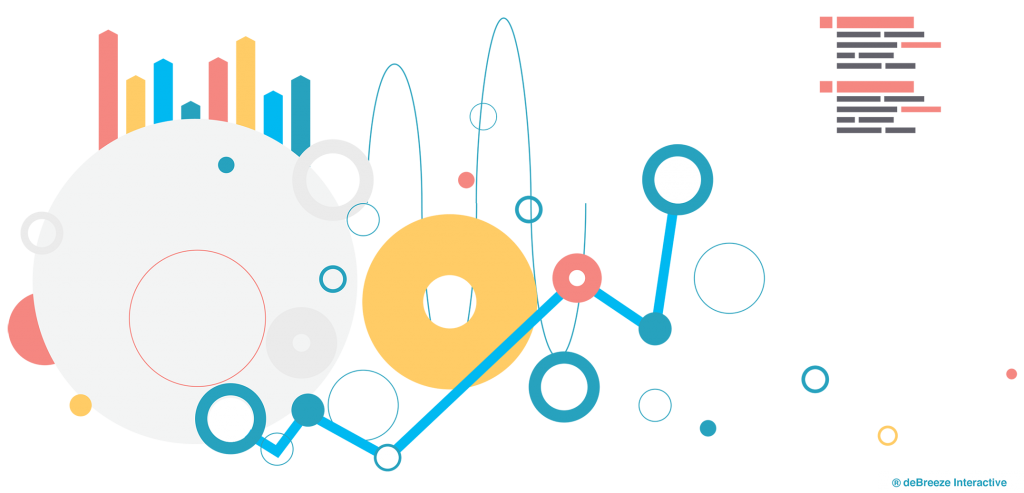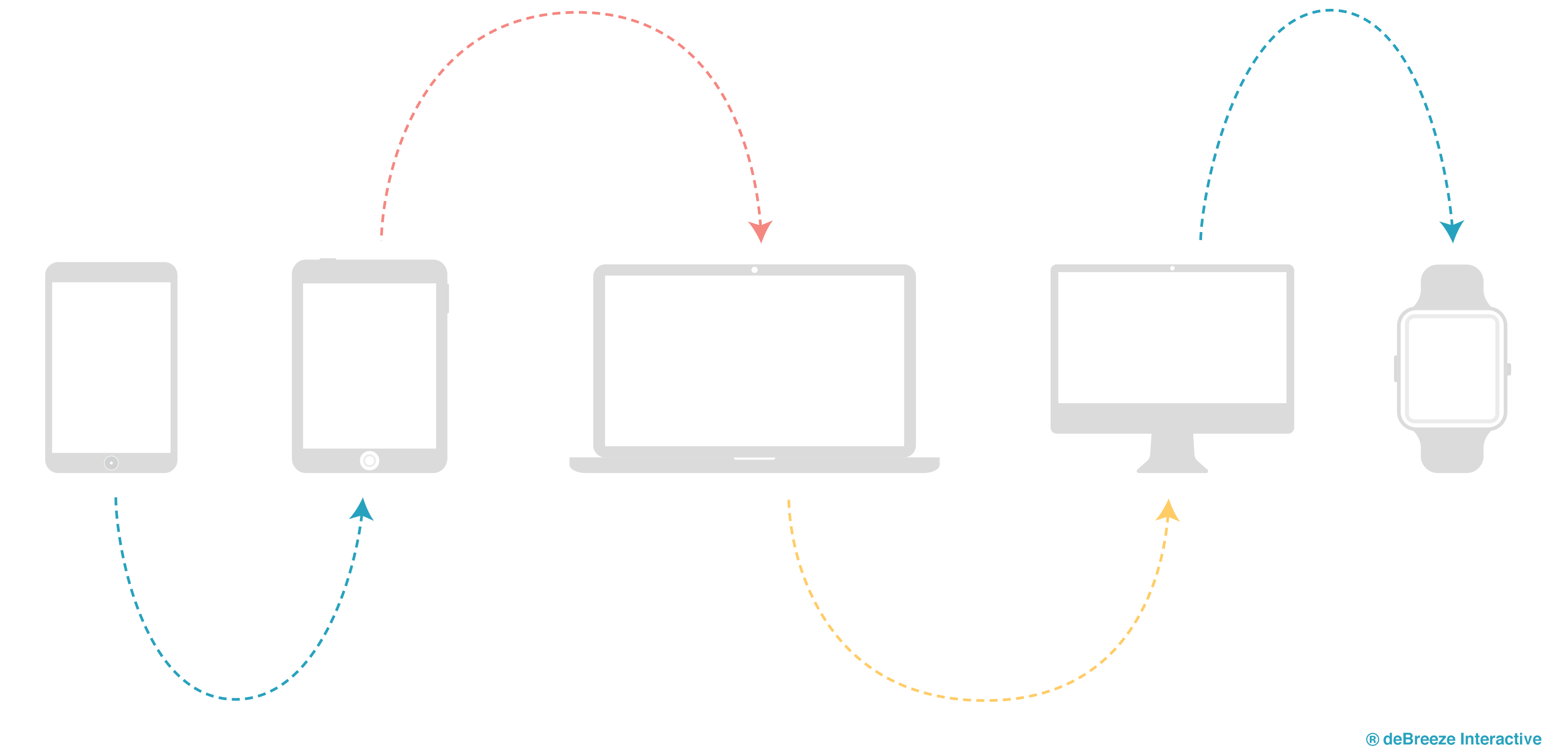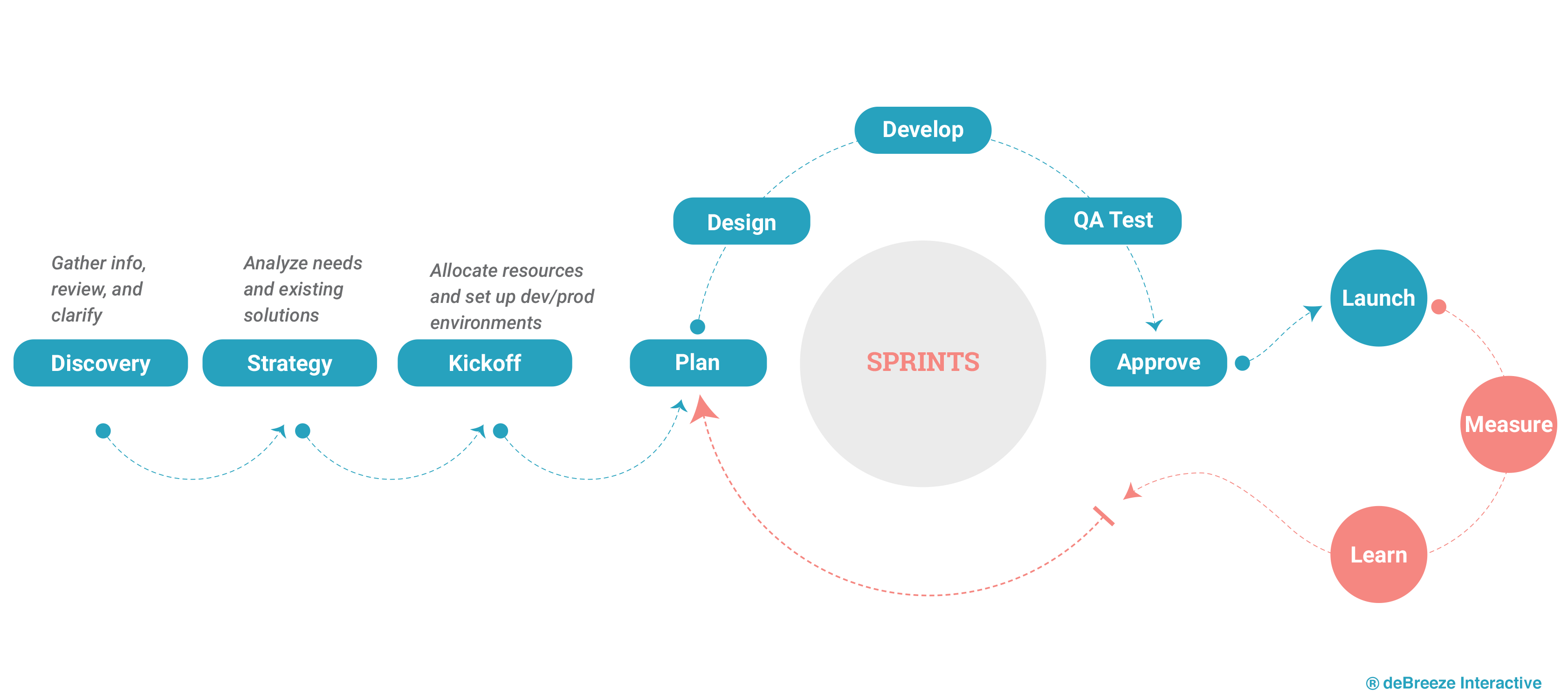Business
INtelligence
Digital Transformation through Data-Driven Operations
Business Intelligence and Data Analytics
The need for empirical evidence rather than intuition to influence business decisions is increasingly forcing companies towards digital transformation and become data-driven operations. It gives competitive advantage by taking a data-driven approach to all aspect of the business.

Data Processing & Analytics
Our team will crank up intelligent algorithms that compute complex data and produce meaningful results in real-time. Real-time analytics are used strategically at the CXO level to streamline processes, minimize errors, deliver targeted customer experience.
Based on the organizational needs, deBreeze implements both cloud-based and on-premises data analytics systems. Cloud based data analytics environments present value due to the rapid innovation and abundance of resources. Data analytics environments are deployed on-premisses for those businesses who are not ready for the cloud due to regulatory requirements or other factors.
A key factor in a successful deployment of business intelligence solution is knowing whether on-premises, in the cloud, or a hybrid approach is the best suited method of deploying your analytics needs.
Data Intelligence & Visualization
It is increasingly hard to analyze massive amounts of information and make data-driven decisions, even after processing. Visualization is essential to remove the noise from the data so that important information can be deciphered at a glance.
With accessibility in mind, visualization uses visual elements such as charts and graphs to help businesses to easily make correlations, spot trends, opportunities, and risks. Design thinking leads our client-side team, thus data visualization will not just be beautiful but also easily digestible.
Thus, in addition to simplifying data comprehension, which enables even the faint-hearted to muscle up some degree of analytical prowess, data visualization helps presenting data insights easy to consume by business leaders.
Visualization is considered one of the important facets of a business that can make or break data-driven operations and decision-making process.
Visualization Styles to fit Variety Data Needs
Employing deep learning and artificial intelligence, we will crank up intelligent algorithms that compute complex data and produce meaningful results in real-time.
Big data presents untapped opportunities for organizations to uncover strengths and weaknesses. However, even after complex processing, deciphering meaningful insight may require expertise. Rest assured, our analytics and visualization team can help.
Employing deep learning and artificial intelligence, we will crank up intelligent algorithms that compute complex data and produce meaningful results in real-time.
Pie Charts
Go beyond percentages to visualize proportional data.
Maps
Analyze regional data intuitively presented geographically.
Dashboards
Centralized space to keep tabs on business heartbeat.
Data Tables
Visualize multi-category items across multiple data points.
Dot Plots
Understand quantitative, univariate data using dot plots.
Infographics
Cram massive information in a compact beautiful presentation.
Enterprise Software Services
Your business needs a reliable software solution to provide mission critical support to achieve organizational objectives. Built iteratively to scale, it should automate and support cross-departmental processes, collect large amount of organizational data, process complex data to output insightful analytics, leverage business intelligence to improve widespread organizational performance, and ultimately grow business.
01
Custom Software Development
Some business needs require custom software solutions that can’t be met by off-the-shelf alternatives. Bespoke solutions for enterprise systems call for specialized set of tools, expertise, and ongoing support. Leveraging industry standard technology stacks, our team develops tailored software solutions to address specific challenges.
Learn more about how our team can help you define your business requirements to iteratively develop and release scalable solutions.
02
Enterprise Systems Integration
The right 3rd party cloud solutions significantly improve business process efficiencies. Equally important is the consideration of how these solutions integrate with existing systems your team depends on and how they fit into the overall workflows of your company. deBreeze has successfully integrated enterprise software infrastructure for a variety of sectors to support information, resource planning, customer relationships, sales and marketing automation and so on.
Learn more about how you can benefit from enterprise cloud integrations.
03
Legacy Systems Modernization
Legacy systems critical to daily operations should evolve to fulfill changing business needs and industry standards. Limitations and inefficiencies caused by outdated systems cause hamper productivity, experience, and overall growth. Starting with an in-depth technical audit, our team will help you identify system inefficiencies and curate a actionable solutions.
Learn more about how you can prepare your legacy system for the digital future and improve your organization’s agility and efficiency.
Agile Process and MVP's
The balance between cost and time-to-insight is one of the common challenges faced by startups building a new product or enterprises exploring new opportunities. The lean startup approach of minimum viable products (MVP’s) is an outcome of these challenges. The concept is simple—quickly build the smallest yet fully functional version of the idea into a product to test and analyze by following the build-measure-learn process, with clear success and failure metrics.
MVP’s are now integrated as a critical part of the digital product development process and/or a proof of concept by startups and enterprises, allowing businesses to test a product hypothesis with minimal resources.
MVP as a Process
As a process, MVP’s enable businesses to gain immediate value while minimizing costs. That means, quickly building the core functionality that could be tested to learn more about the end-user and validate or invalidate assumptions. Validation clarifies the sequential steps for continuing down the set development path and iteratively building in small steps, reducing risks, cost, and overcommitting. By invalidating assumptions, MVP’s provide insight into what users want and consider pivoting with future iterations that better serve customers.
MVP as a Proof of Concept
In some instances, an MVP serves the purpose of proving a concept. Quickly built with the core features to solve a specific problem, it can gain early adopters. This helps teams prove the merit of the business potential and strengthens a position to win buy-in from internal stakeholders or external investors. So leverage this powerful approach and start testing product hypothesis and market viability with minimal investment with the help of an MVP as a proof of concept.
Mobility and Accessibility
With capabilities like geo-locations that are unique to mobile devices, enterprise mobile applications present opportunities for personalized engagement with a targeted audience. They empower the sales teams managing customer journeys, account teams to increase their ability to manage expectations, HR teams to provide employee accessibility, and all teams to collaborate. This enables the business to capture valuable engagement data that provides actionable insights to iteratively personalize, optimize, improve customer experiences.

It’s time for enterprises to drive growth not only by delivering experiences that go beyond digital touch points but also delighting customers with seamless cross-channel experiences any time, any place.
Accessibility
Native mobile applications present new opportunities for designing unique gesture interactions to deliver experiences. Other content is suitable to be served through web that is optimized for mobile. A hybrid approach—optimized web pages for wrapped in a mobile application—is catching on quick.
Experience
It is not enough that users can view their data on their mobile devices; they want to continue their interaction across multiple devices, as part of a seamless customer journey. Users have become device-agnostic and expect the enterprise portal to provide a smooth and consistent cross-channel experience.
Development Capabilities
Platforms
- Android
- Desktop
- Hybrid
- IOS
- Web
Technologies
- Javascript
- Java
- .NET
- PHP
- Swift
- Android
- Kotlin
DATABASES
- MS SQL Server
- PostgreSQL
- MongoDB
- MySQL
- Redis
- Oracle
- SQLite
DEVOPS
- HubSpot COS
- Docker
- Ansible
- Azure
- AWS
FRAMEWORKS
- Angular JS
- React JS
- Node JS
- Laravel
- Vue.js
- Yii
CMS
- WordPress
- SharePoint
- Magento
- Joomla








